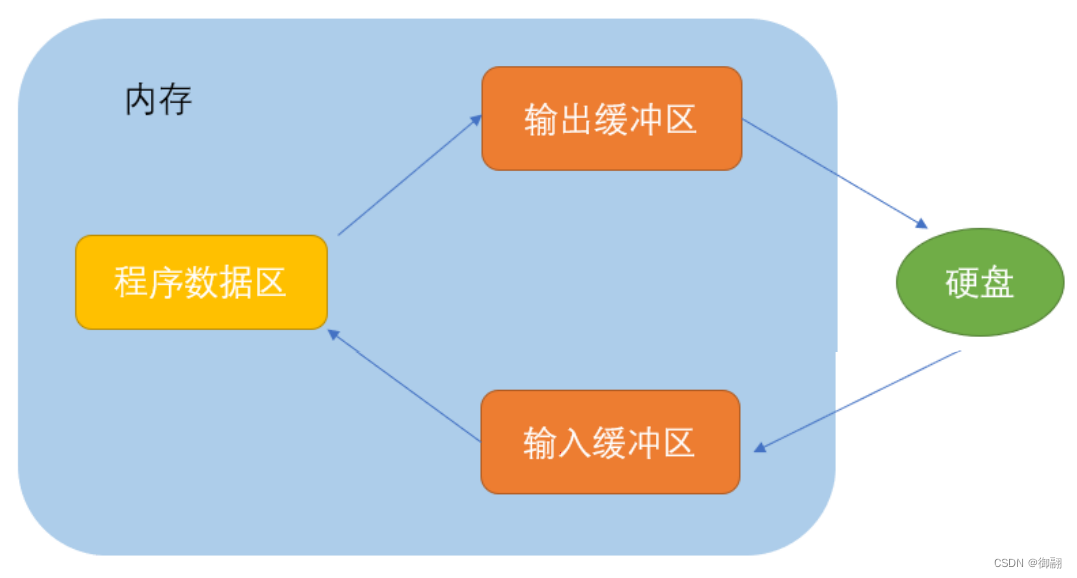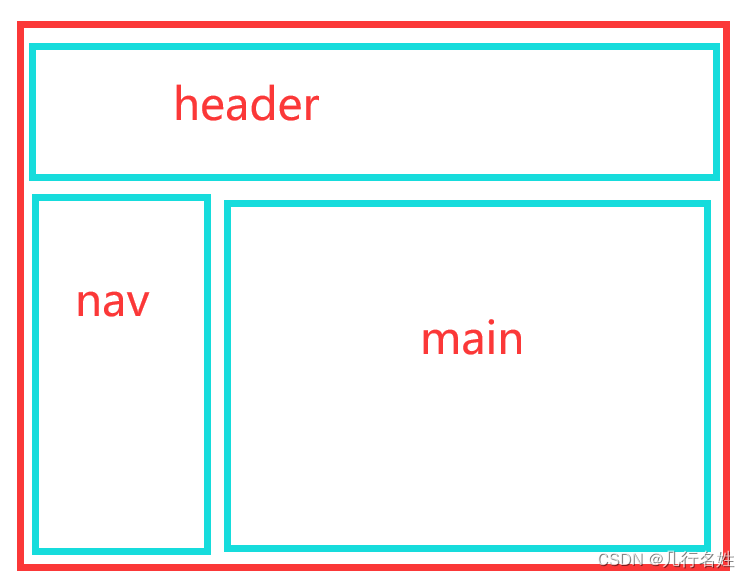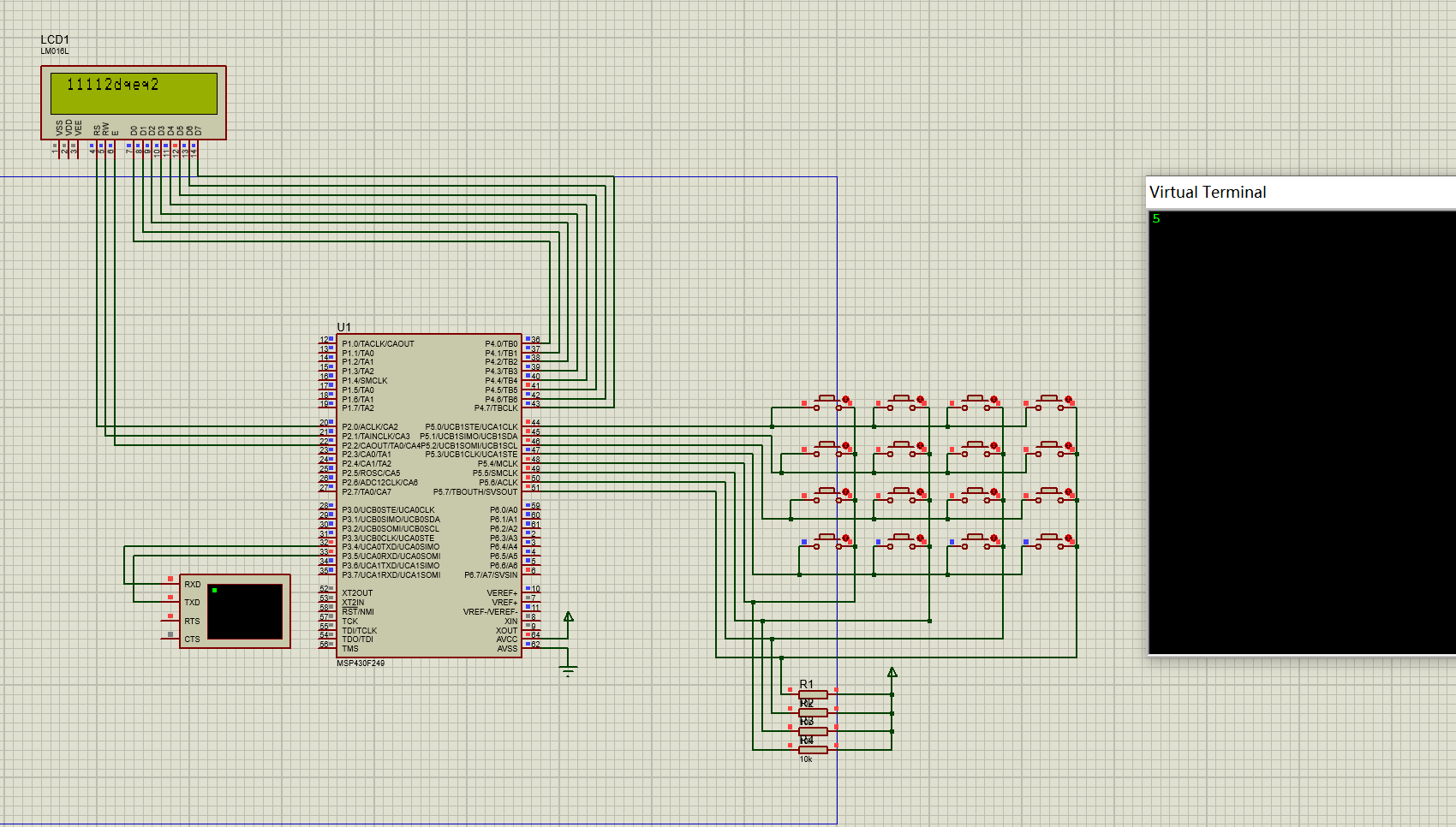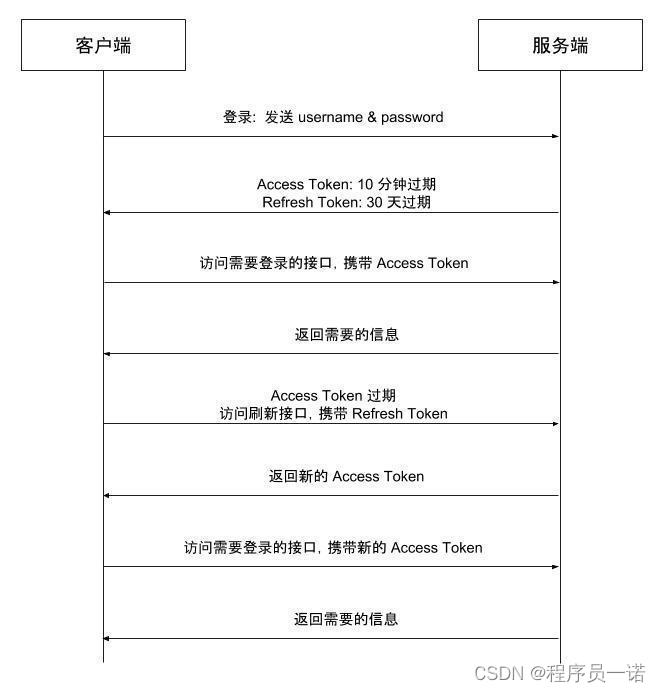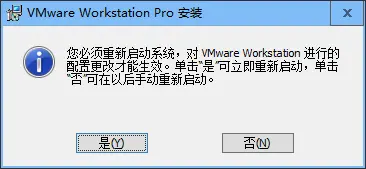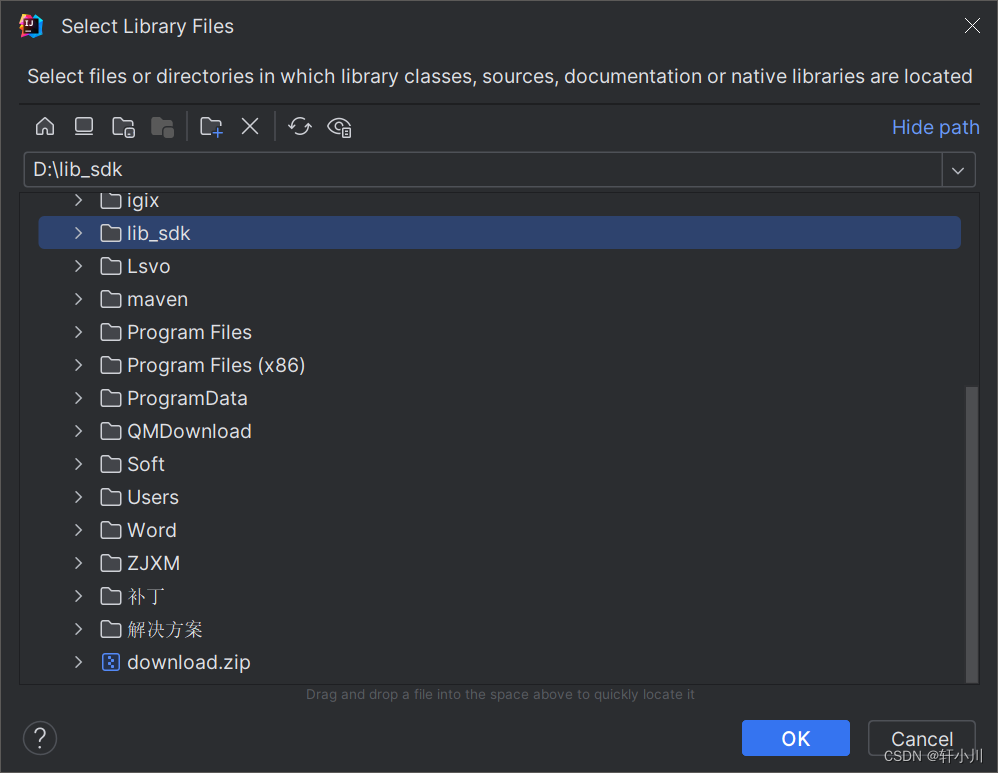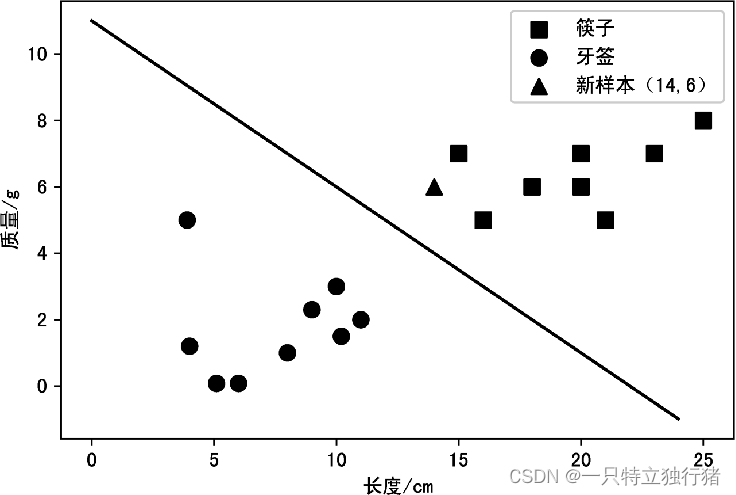碰撞分析
Impact Analysis
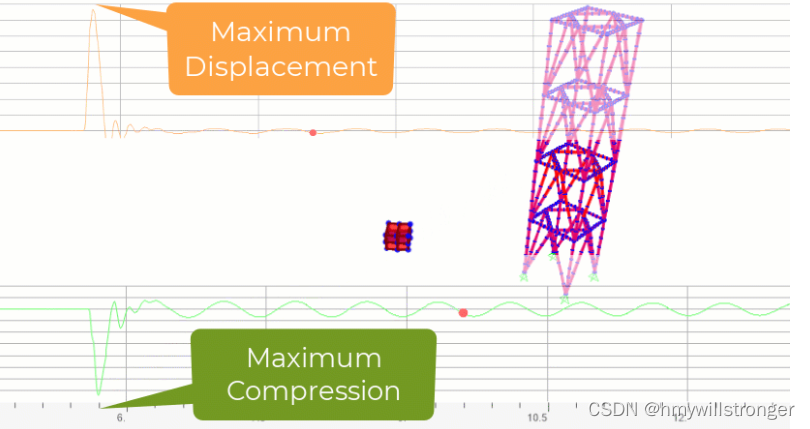
CSI程序的动力分析功能非常广泛。一个例子是分析两个质量或结构之间碰撞效应的能力。
The possibilities of dynamic analysis with CSI programs are very extensive. An example of this is the ability to analyze the effects of collision between two masses or structures.
为此,只需创建一个以特定速度移动的元素或质量。然后,定义初始位置和最终(碰撞)位置,它们之间的关系将通过GAP类型的Link来模拟,当超过为其开度定义的极限时,会在两个物体之间产生碰撞,即产生动能传递。
To do this, simply create an element or a mass that moves at a certain speed. Then, define the initial and final (collision) positions, whose relationship will be simulated through a GAP-type Link that, when the defined limit for its opening is exhausted, generates a collision between the two objects, that is, a transfer of kinetic energy is generated.
以下是进行此分析的详细步骤:
The steps to follow for this analysis are detailed below:
-
计算在"x"秒内施加的力,使物体沿"z"距离达到"y"m/s的速度;
Calculate theforceto be applied over aperiodof “x” seconds for the object toreach a velocityof “y” m/s over adistance“z”; -
在距离结构一定距离处绘制一个节点或一组节点;
Draw a node or a set of nodes at acertain distancefrom the structure; -
将与结构碰撞的物体的质量分配给节点;
Assign the mass of the objectthat will collide with the structureto the node; -
绘制一个连接节点到碰撞区域的GAP类型Link,并定义一个大于或等于"z"的开度(Opening);
Draw a GAP-type Linkthat connects the node to the impact zone and define anopeninggreater than or equal to “z”; -
在位移方向上将计算出的力分配给节点;
Assignthe calculatedforce to the node, in the direction of displacement; -
定义一个时间历函数,在"x"时间内具有恒定的比例因子1,并在该时间结束时急剧下降到零。
Define aTime-History functionwith aconstantscale factor of1for a time “x”, and which at theendof that timedrops sharply to zero. -
定义一个非线性直接积分时间历分析,并应用先前定义的函数力。
Define aNonlinear Direct Integration Time History analysisand apply the force with the previously defined function. -
将load case的阻尼定义为零,以免影响质量的自由运动。
Define thedampingof the load case equal tozeroso that it does not influence thefree movementof the masses. -
如果我们想模拟由于
结构振动引起的阻尼,必须通过其材料的阻尼来分配;
If we want to modeldamping due to vibration of the structure, it must be assigned through thedamping of its material; -
建议从接近最高显著模态周期1/10的Time Step开始,并减小此值直到结果不受此更改的影响。
It is recommended to start with a Time Step close to 1/10 of theT ``periodof thehighest significant modeandreducethis valueuntil the resultsarenot affected by this change.
GAP-type Link是一种非线性链接单元,用于模拟两个节点之间的间隙或接触行为。它可以模拟两个物体之间的碰撞或接触,以及它们之间的能量传递。
GAP-type Link的主要特点如下:
它连接两个节点,并定义它们之间的初始间隙(Opening)。
当两个节点之间的相对位移小于间隙时,GAP-type Link不传递任何力。
当相对位移等于或大于间隙时,GAP-type Link开始传递力,模拟两个物体之间的接触。
GAP-type Link可以定义刚度和阻尼属性,以模拟接触过程中的力学行为。
在动力分析中,当GAP-type Link关闭时,它可以模拟两个物体之间的碰撞和能量传递。
GAP-type Link在许多工程应用中非常有用,例如:
模拟两个结构之间的碰撞,如桥梁与船只的碰撞。
模拟结构元素之间的间隙,如梁端与支座之间的间隙。
模拟隔震支座的非线性行为。
模拟预应力筋或缆索的预张力效应。
总之,GAP-type Link是一种强大的非线性单元,可用于模拟各种复杂的接触和碰撞问题。
GAP-type Link is a type of nonlinear link element used to simulate the gap or contact behavior between two nodes. It can simulate the collision or contact between two objects and the energy transfer between them.
The main features of GAP-type Link are as follows:
It connects two nodes and defines the initial gap (Opening) between them.
When the relative displacement between the two nodes is less than the gap, the GAP-type Link does not transfer any force.
When the relative displacement is equal to or greater than the gap, the GAP-type Link starts to transfer force, simulating the contact between the two objects.
GAP-type Link can define stiffness and damping properties to simulate the mechanical behavior during the contact process.
In dynamic analysis, when the GAP-type Link closes, it can simulate the collision and energy transfer between two objects.
GAP-type Link is very useful in many engineering applications, such as:
Simulating the collision between two structures, such as the collision between a bridge and a ship.
Simulating the gap between structural elements, such as the gap between the beam end and the support.
Simulating the nonlinear behavior of seismic isolation bearings.
Simulating the prestressing effect of tendons or cables.
In summary, GAP-type Link is a powerful nonlinear element that can be used to simulate various complex contact and collision problems.
